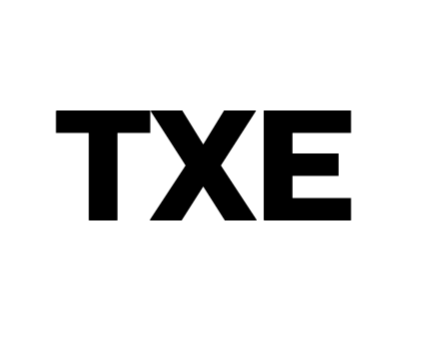Peer-to-peer Lending: Brief Evangelizing for P2P
Get to know the concept, “peer to peer (P2P) lending.” It’s not too late to tap into the benefits of early bubble growth. LendingClub.com, launched in 2007, passed the $500 million mark for investments, including small borrowers and lenders. More recently they’ve surprised the market with the inclusion of hedge funds, family offices and other heavy investors. CEO Renaud Laplanche claims $85 million of active investment management.
Prosper.com, the closest rival, recently landed a $150 million hedge fund commitment to the platform. They’ve crossed the $300 million loan volume validating the P2P model. By the end of 2011, the U.S. Federal Reserve estimated U.S. consumer credit was at $2.5 trillion. While P2P does not put much of a dent in providing more manageable and affordable interest rates and loan restructures, the online community platforms for lending and credit cut out banks and are gaining traction.
Also, the Security and Exchange Commission receives reports for each investment which has raised eye brows in the insurance and re-insurance industry. New guarantees for repayment could be included in the P2P model soon. This bodes well for bank alternatives as consumer dissatisfaction grows.
Just last week, occupy Wells Fargo, a protest movement spun from the Occupy Wall Street community, shut down an investor meeting. While P2P is likely the next option for small loans and investors, high-profile credit card industry executives are joining P2P companies to guide the growth. Just don’t tell the protest movement for risk of losing momentum for P2P.
Adding to the mega trend stats, last month, SocialLending.net reported for the first time ever a monthly volume for LendingClub and Prosper at $50.8 million. Both companies are maintaining an annual 100% growth rate, which absolutely merits evangelizing.
Below is an estimated five-day breakdown of how quickly a P2P loan can be obtained:
Mon – Apply for a loan on Prosper.com
Tue – Loan is active on the platform for investors
Wed – Loan is fully funded by investors
Thu – Prosper emails request for documents (driver’s license, copy of a voided check)
Fri – Phone call from Prosper verifying personal details
Fri – Loan issued
Mon – Money appears in the bank account
P2P offers web-savvy consumers methods to pay down credit cards, while investors have risk-adjusted returns that beat other investment products. They can choose small loan participation amounts, and investments are uncorrelated with other activity in portfolio building.
What are the returns? LendingClub reported an average annual return of 5.8 to 12.3 percent, depending on loan grades, while Prosper reported an ROI of 10.47 percent for its notes. As a reference, Lendstats.com offers a fascinating viewpoint and tracks returns at both companies.
So, will these investor communities ever get fully insured? This conversation takes strategic fundraising, political conversations and time. So far, LendingClub reports show only $6 million from two insurers, one of which has applied for a National Association of Insurance Commissioners rating for its investment. This insurance scale should grow with more customer validation and pressure from government.
This is what we call an emerging market. There’s activity, steady growth and soon will be surprises and setbacks. TechStars, a New York-based incubator, said it had more than 30 applications from crowdfunding startups for its summer 2012 class, and The JOBS ACT will spread the investment pool to thousands more.
Last month’s Pebble E-Paper Watch for the iPhone, which raised over $6 million on Kickstarter (a new record), proves the impact of crowdfunding. While this isn’t in the same model of P2P, it demonstrates collaborative consumption’s customer validation process. Eric Ries, an Austin resident, alludes to customer validation in his book, “The Lean Startup.”
This is the process by which businesses can raise funds or obtain purchases before ordering manufacturing or aggressively pursuing a series round of financing. This goes beyond the expenses of office space and secretaries, which are rarely associated for stratups, and delves into validation methods for assessing company or product viability.
Overall, P2P funding and crowdsourcing are rising. Rather than dwell or labor too intensely in drafting proof, engage the space yourself with a safe, low buy-in. After your returns, you may join me in participating with gusto.

